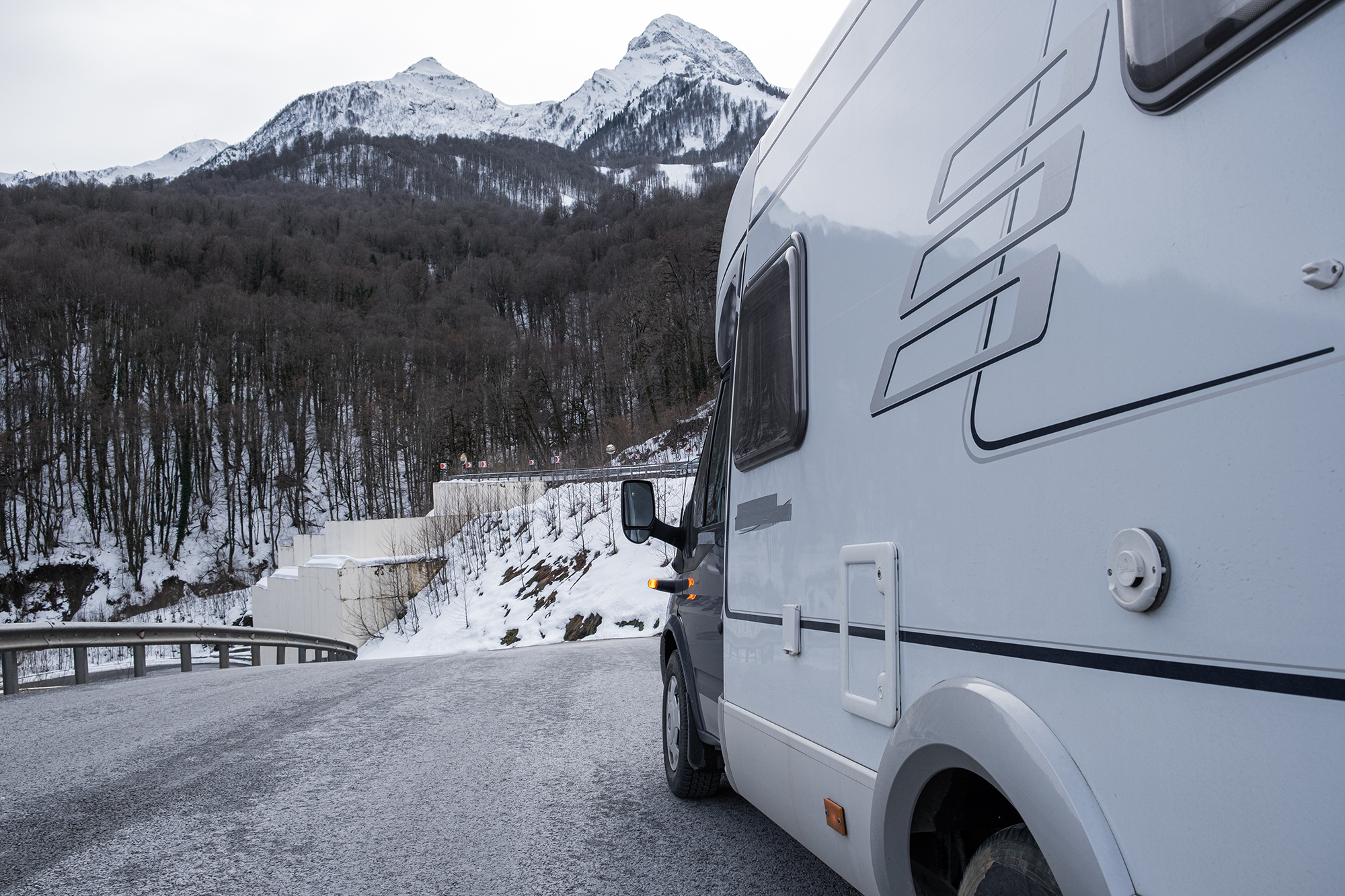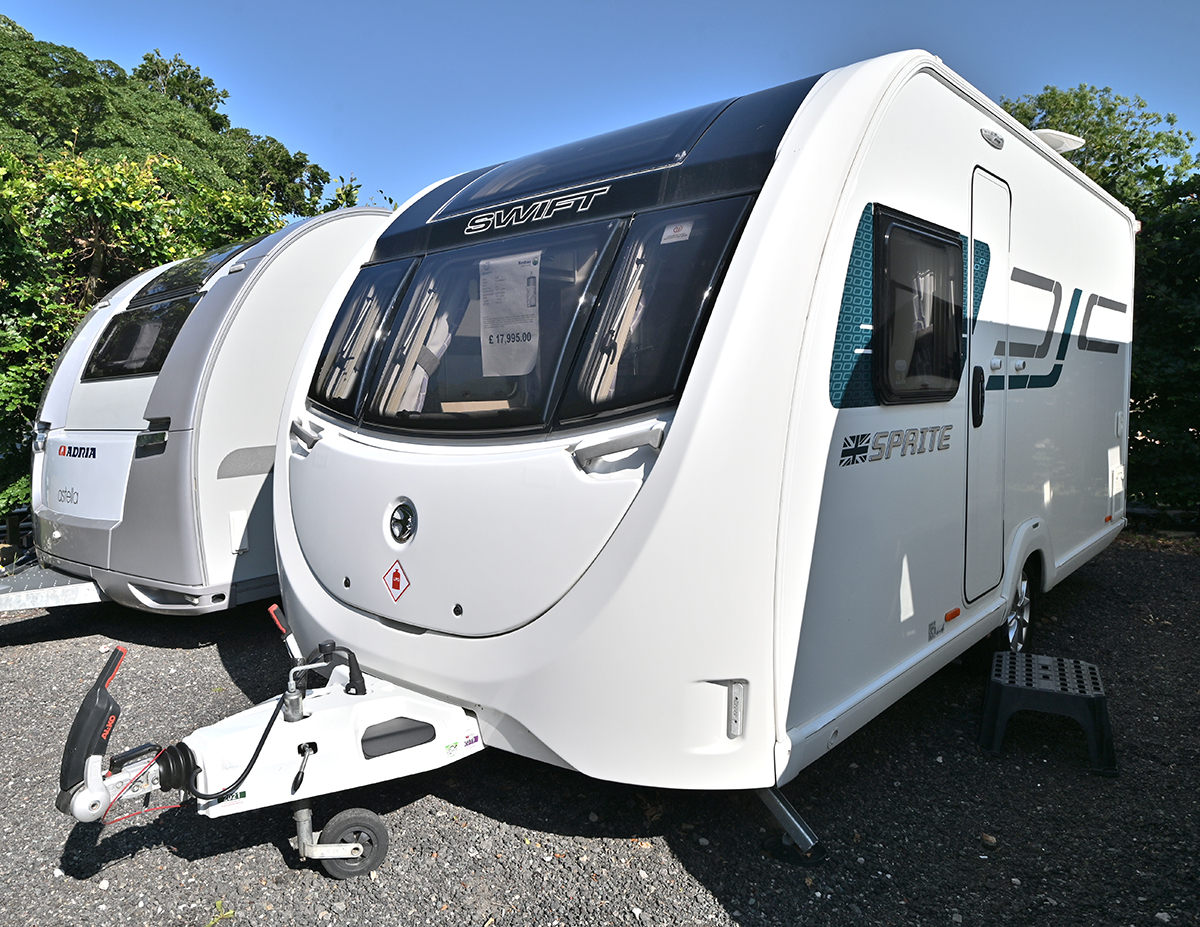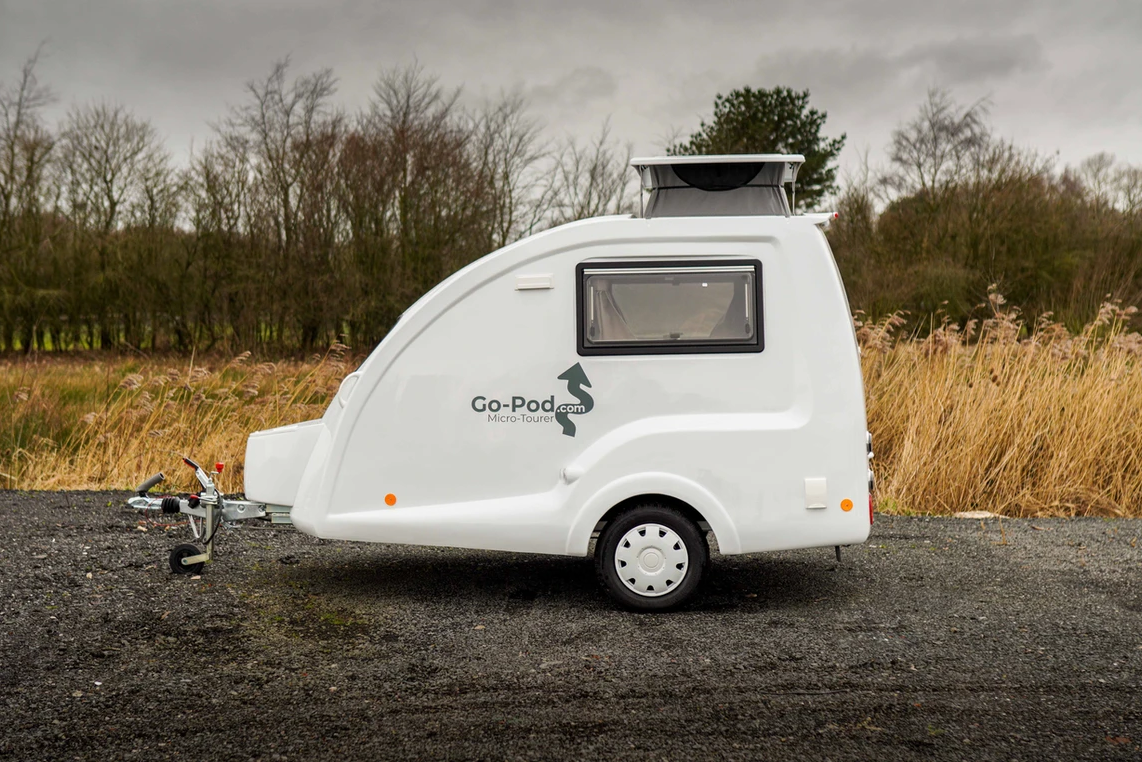Contents
- Winterised Motorhomes: A Comprehensive Overview
- How to Winterise Your Motorhome: A Step-by-Step Guide
- Should I Cover My Motorhome in Winter?
- Are Motorhomes Cold in Winter?
- How to Keep Your Motorhome Warm in Winter
- Motorhome Winterisation Techniques: A DIY Guide
- Summary

Winterised Motorhomes: A Comprehensive Overview
Winterised motorhomes are specially designed vehicles equipped to provide comfort in the harshest winter conditions. Key features include enhanced insulation in walls, roof, and floor; efficient heating systems; double-glazed windows to reduce heat loss; and underbody protection against cold drafts and water system freezing.
Brands like Burstner, Adria, and Dethleffs are renowned for their winterised motorhome designs. For those with standard motorhomes, this article offers guidance on winterising, which involves insulating water lines, sealing gaps, and adding storm windows.
Regular maintenance, such as covering the motorhome during winter and checking the heating system and insulation, ensures its longevity and effectiveness. The experience of living in a winterised motorhome during cold months is unique and cosy, with a community of enthusiasts sharing tips for maximum comfort.

How to Winterise Your Motorhome: A Step-By-Step Guide
Winterising a motorhome ensures a comfortable and safe journey during the colder months. The process involves several key steps:
- Insulating the Motorhome: Use high-quality insulation foam for the walls, floor, and roof to create a barrier against cold and retain heat.
- Protecting the Water System: Drain the system and fill it with RV non-toxic antifreeze to prevent pipe freezing and bursting.
- Sealing Gaps and Vents: Use sealants to close any gaps or cracks and cover vents to prevent cold air intrusion while ensuring ventilation.
- Upgrading to Double-Glazed Windows: These windows effectively reduce heat loss and are recommended for winterisation.
- Installing an Efficient Heating System: A reliable heating system ensures a comfortable temperature even during the coldest days.
- Underbody Protection: This step is vital to shield the motorhome from icy roads and prevent cold drafts.
Winterisation not only protects the motorhome but also ensures a cosy environment inside. For those not inclined towards DIY, professional winterisation services are available. Regular maintenance, including covering the motorhome in winter, is crucial to prolong the effectiveness of winterisation. The article also addresses common challenges like condensation and drafts, emphasising the importance of proper insulation and ventilation.
By following this guide, motorhome owners can enjoy their winter adventures without any hindrances.

Should I Cover My Motorhome In Winter?
Covering a motorhome during winter is essential to protect it from the harsh elements, such as snow, ice, and freezing temperatures. This preventive measure promotes the longevity and functionality of the vehicle. There are various types of motorhome covers available:
- Fabric Covers: Lightweight and breathable, offering basic protection against snow and ice.
- Plastic Covers: Provide superior waterproofing but may lack breathability.
- Custom-Fit Covers: Tailored to the motorhome's dimensions, ensuring optimal protection.
When selecting a cover, it's crucial to consider its durability, fit, and ventilation features. Before installing the cover, the motorhome should be cleaned thoroughly to prevent scratches. The cover should be securely installed, following the manufacturer's instructions, and regularly inspected throughout winter for any signs of damage. As spring approaches, it's essential to uncover the motorhome, reverse the winterisation process, and prepare it for the warmer months.
By covering and maintaining the motorhome properly during winter, owners can ensure its longevity and enjoy many more adventures on the road.

Are Motorhomes Cold In Winter?
The temperature inside a motorhome during winter is largely influenced by its insulation. Properly insulated or "winterised" motorhomes are designed to retain heat effectively, ensuring a comfortable living environment even in colder conditions. External weather plays a significant role in determining the internal temperature of a motorhome, as they typically have thinner walls and less insulation compared to traditional homes.
To ensure warmth during winter travels, motorhome owners can take several measures:
- Insulate the Motorhome: This involves adding extra insulation and sealing gaps to prevent cold air intrusion.
- Heating Solutions: Efficient heating systems, such as portable heaters or built-in furnaces, are essential.
- Covering the Motorhome: Using covers, thermal curtains, and quality heating appliances can enhance comfort.
While there's a common myth that motorhomes are always cold during winter, with the right preparations, they can be as cosy as any home. For those looking for an all-season solution, investing in a four-season or winterised motorhome can be a worthwhile decision, as these vehicles are pre-designed to withstand varying weather conditions.
In conclusion, with proper winterisation and the right resources, living in a motorhome during winter can be a warm and delightful experience.

How To Keep Your Motorhome Warm In Winter
Ensuring warmth in a motorhome during winter requires a combination of proper insulation, efficient heating, and other preventive measures. Key points from the article include:
- Insulation: The primary defence against cold. Winterised motorhomes come with specialised insulation.
- Heating System Upgrade: A robust heating system is essential for cold nights.
- Sealing: Addressing gaps and cracks prevents cold drafts and retains internal warmth.
- Ventilation: Proper ventilation is crucial to manage cold and ensure a healthy environment inside the motorhome.
- Thermal Curtains: Windows can be a major source of heat loss, and using thermal curtains can mitigate this.
- Electric Blankets and Heated Mattress Pads: These provide localised warmth for a comfortable sleep.
- Campsite Selection: A sheltered campsite can help in maintaining warmth inside the motorhome.
- Skirting: This technique involves adding a barrier to the motorhome's underside to protect against cold winds.
- Portable Heaters: Quick solutions for warmth but should be used with caution.
- Reflective Foil Insulation: A budget-friendly method to retain heat.
- Dressing & Personal Measures: Layering and using thermal wear can add to the warmth.
- Pre-Winter Maintenance: Ensuring the motorhome is well-maintained before winter is crucial for warmth.
By understanding and implementing these winterisation techniques, motorhome owners can ensure a comfortable and warm environment, regardless of the external cold.

Motorhome Winterisation Techniques: A DIY Guide
Winterising a motorhome is essential to ensure its longevity and provide a comfortable environment during the cold months. The article provides a comprehensive DIY guide on the subject:
- Understanding Insulation: Proper insulation is the primary defence against cold. Winterised motorhomes come with specialised insulation.
- Exterior Preparation: The motorhome's exterior is crucial in defending against winter elements. Covering the motorhome during winter can offer added protection.
- Interior Preparation: Proper interior preparation, including effective insulation techniques like foil insulation, ensures a cosy environment.
- Engine & Battery Maintenance: Regular checks on the battery's charge, cleaning terminals, and maintaining fluids are vital.
- Water System Care: Draining the water system and using non-toxic antifreeze prevents freezing and potential damage.
- Heating Solutions: Efficient heating systems are essential for comfort during winter.
- Emergency Preparedness: Having an emergency kit and functional communication devices is crucial for winter travels.
- Proper Storage: Storing the motorhome in a facility that offers protection from winter elements is advisable.
- Winter-Ready Checklist: A comprehensive checklist ensures all winterisation steps are covered.
In conclusion, thorough winterisation not only maintains the motorhome's condition but also guarantees a comfortable and safe environment during winter. With adequate preparation, motorhome enthusiasts can enjoy a hassle-free winter journey.
Summary
Winterising your motorhome is crucial for ensuring a comfortable and safe experience during the colder months. This comprehensive guide has covered everything from the benefits of winterised motorhomes to step-by-step instructions on how to winterise your vehicle. Whether you're considering investing in a winterised motorhome or looking to prepare your current vehicle for winter, the tips and techniques provided here will ensure you're well-equipped for your winter adventures.


